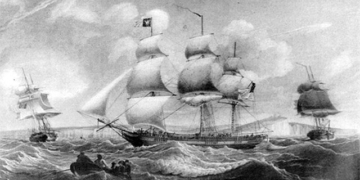Hubble, TESS, and later James Webb are truly the eyes of NASA and all of humanity.
1. Hubble – Over 3 Decades of Dominance
Since its launch into the sky in 1990, Hubble has maintained its status as the most powerful space telescope for 31 years, until the James Webb Space Telescope began operations in July 2022.
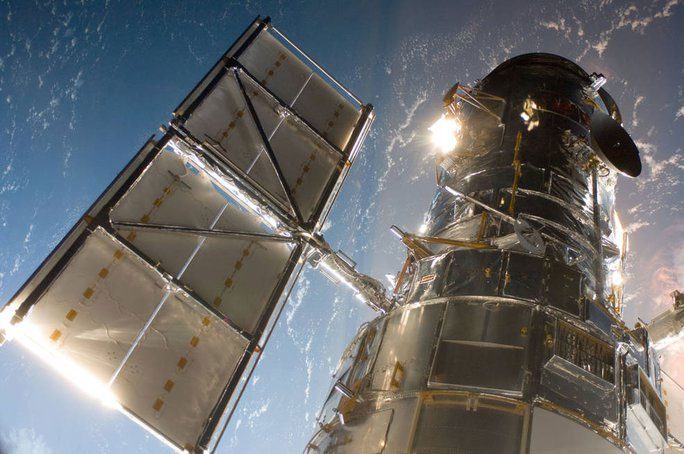
Hubble photographed from the “arm” of the Discovery spacecraft – (Image: NASA).
“From its advantageous position above the atmosphere that distorts light, Hubble has provided us with clear, detailed views, reaching further than any previous instruments. Hubble has charted the evolution of galaxies, stars, nebulae, comets, exoplanets, and their moons, confirming the existence of black holes at the centers of galaxies” – NASA writes about the device it operates with support from ESA (European Space Agency).
Hubble is also the “hero” behind the 2011 Nobel Prize in Physics, as it confirmed the expansion of the universe. NASA respectfully refers to using Hubble as “standing on the shoulders of giants”, borrowing a famous phrase from the renowned scientist Isaac Newton.
Hubble is NASA’s most accomplished “giant” – (Image: NASA).
Hubble is named after pioneering astronomer Edwin Hubble and is a large observatory in the form of a spacecraft, launched by the Space Shuttle Discovery. It has conducted over 1.5 million observations, providing data for more than 19,000 published scientific studies and contributing to most astronomy textbooks.
2. James Webb – “Peering” into the Dawn of the Universe
Primarily operated by NASA, with collaboration from the European Space Agency (ESA) and the Canadian Space Agency (CSA), the James Webb Space Telescope – affectionately known as Webb – is currently the most powerful space telescope in the world. It launched from French Guiana on an Ariane 5 rocket in December 2021. This advanced instrument is named after former NASA administrator James Webb in his honor.
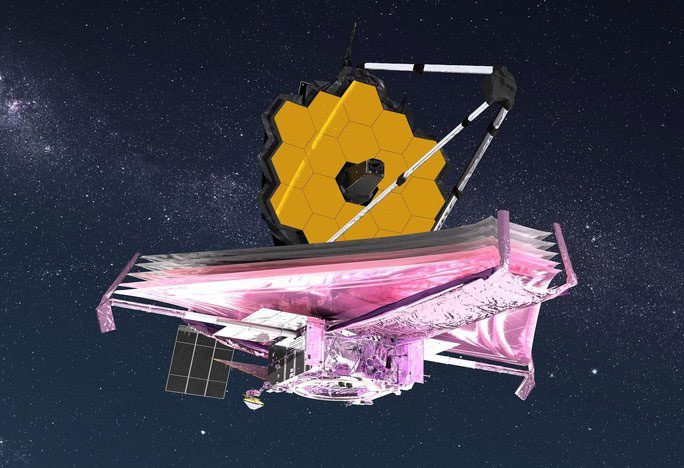
NASA’s James Webb fully deployed – (Image: NASA).
Several advanced technologies were developed for Webb, including an ultra-light beryllium primary mirror composed of 18 separate segments that can unfold and adjust shape after launch; a five-layer sunshield the size of a tennis court that reduces heat from the Sun by more than a million times. The telescope’s four instruments – cameras and spectrographs – have detectors capable of capturing extremely weak signals.
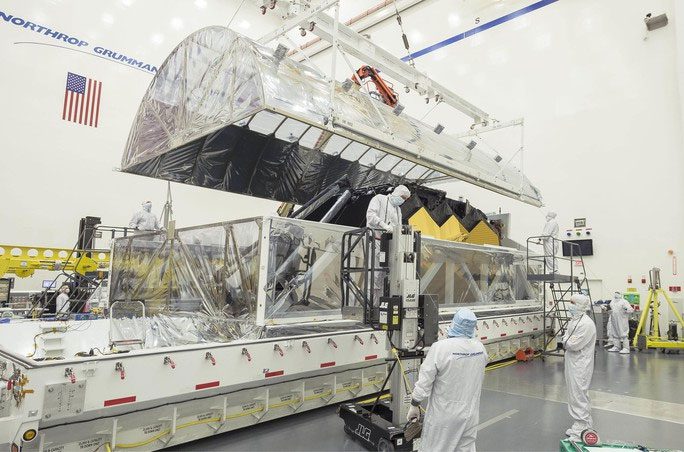
Webb is a 9 billion USD marvel – (Image: NASA).
Thanks to these cutting-edge features, Webb is beginning to trace the paths that Hubble once explored, providing much clearer images of the objects of interest, and promising to “pierce through” the cloudiness of Earth-like exoplanets in search of signs of life.
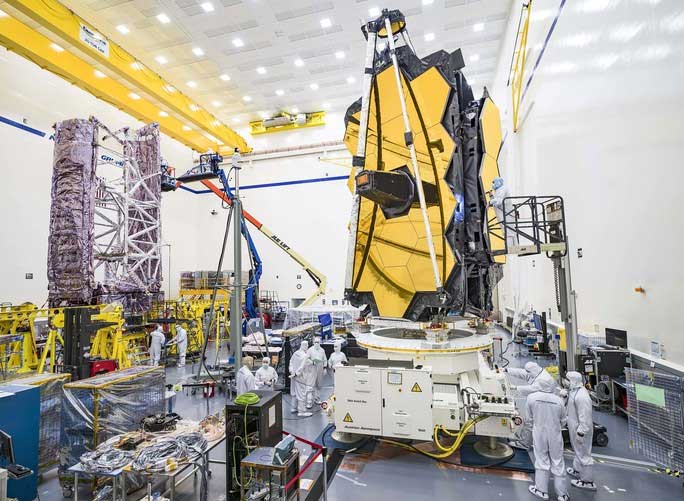
The massive spacecraft during its completion in the lab – (Image: NASA).
Its primary mission remains to observe distant regions of space, with a series of galaxies from the “dawn of the universe” discovered as Webb “peers” back in time billions of years.
3. TESS – Exploring Other “Earths”
The Transiting Exoplanet Survey Satellite (TESS) from NASA is a space telescope that does not reach as far as Hubble or James Webb, but carries the great dream of humanity: to find neighbors in the vast universe.
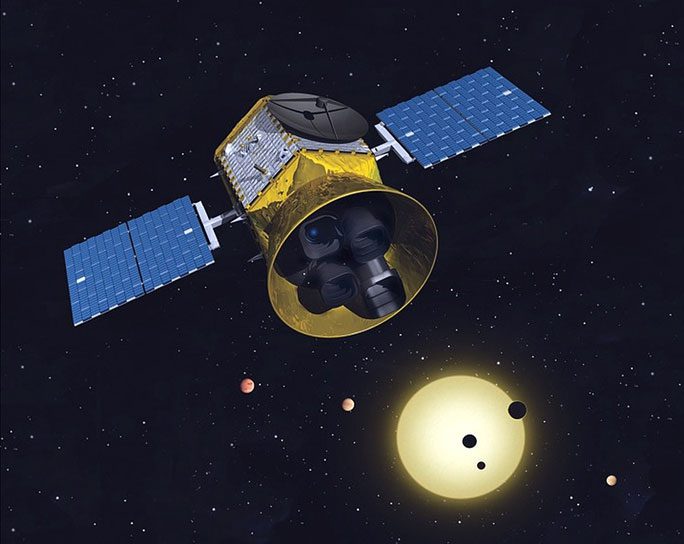
TESS, though small, has made significant contributions with 5,000 exoplanets discovered – (Image: NASA).
TESS launched into the sky in April 2018 on a SpaceX Falcon 9 rocket, with the mission to catalog thousands of candidates for exoplanets beyond our Solar System.
TESS has found over 5,000 exoplanets, including 300 that researchers worldwide identify as Earth-like. It will also focus on the most promising planets around stars close to us, including those located in the “habitable zone,” where temperatures are moderate enough for liquid water to exist.
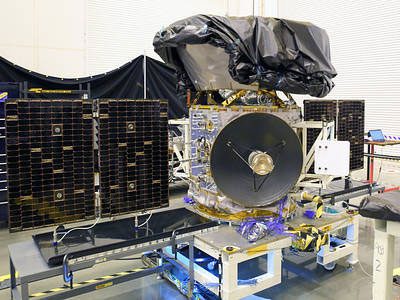
TESS during its construction – (Image: NASA)
James Webb is expected to peer through the most promising candidates for the title of “Earth 2.0” that TESS has discovered, to confirm their habitability as well as signs of extraterrestrial life.


















































